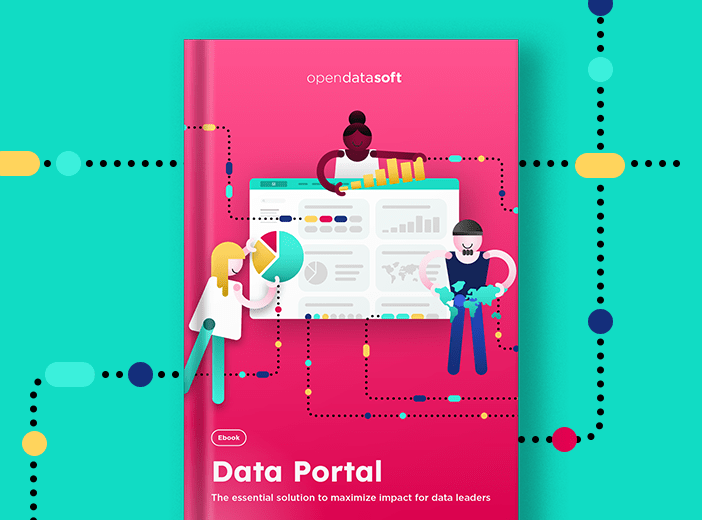Glossary
Data discovery
Data discovery involves finding and classifying data from multiple sources and making it available for all to improve decision making and performance.
What is data discovery?
Data discovery is the process of finding and classifying data from multiple sources, making it available for all users, enabling them to uncover patterns, identify relationships, and gain insights that improve decision making and business performance.
Data discovery makes information available in user-friendly ways that non-specialists can understand and interact with, such as through data visualizations, thus breaking down silos, unlocking value from data and enabling data democratization.
Why is data discovery important?
Organizations today create and access huge volumes of data from disparate sources. Turning this data into actionable insights is vital for business competitiveness. However, often this data is trapped in departmental silos or remains in the hands of data specialists.
Data discovery helps make data available to all, irrespective of their technical skills. This delivers key benefits around:
- Better, more agile and faster decision-making by everyone within the organization by empowering them with actionable insights
- Improving compliance and governance through better data quality, reducing risk
- Enabling data democratization and the development of a data culture
- Increasing efficiency and saving time and resources
- Uncovering new opportunities and revenues, including new data-driven products and services
- Allowing closer internal and external collaboration based on data
How does data discovery work?
Data discovery processes can be carried out manually or are increasingly automated through data discovery tools. The data discovery process follows five key steps:
- Identifying needs and defining goals for data discovery. These should fit with overall business and data/digitalization objectives.
- Data preparation, connecting data sources, cleaning data, applying data governance processes (including consistent metadata) and enriching data assets to ensure quality and reliability.
- Making data available to users through data visualizations, particularly through data portals which act as a central hub for data discovery within an organization and its ecosystem.
- Data analysis/usage. Data is found and used democratically by all within their working and daily lives.
- Iteration. Based on feedback from users, the data discovery process is constantly being improved, both in terms of adding new data and increasing the usability of existing data assets.
What is the difference between data discovery and business intelligence?
Both data discovery and business intelligence analyze data and find patterns and insights that help organizations operate more effectively. However, business intelligence tools require specialist, technical skills to use. This means that teams of data analysts are used to create visualizations and reports based on data.
By contrast, data discovery enables everyone to understand and use data, without requiring technical skills or support. It puts data directly into the hands of business users, in ways that match their needs. They can search for, find, manipulate and interact with data through intuitive user interfaces, such as on data portals, without needing to be able to code or use expensive, complex business intelligence tools. This enables true data democratization and spreads data re-use.
What is data discovery best practice?
Three key practices help ensure data can be easily discovered and reused:
- Ensure data is high quality. Aid discovery by cleaning and enriching data to ensure that it is accurate, complete, consistent, and relevant. This helps drive usage and more accurate decisions as users are confident in the information that they are accessing.
- Enforce data governance. Data governance processes, including applying consistent metadata, usage rights, data ownership and standards for data protection and security all ensure compliance with external regulations and aid data discovery.
- Centralize data in a user-friendly data portal. Make data discovery straightforward and seamless through a single, intuitive data portal that contains all your data, easily searchable and providing information in tailored ways, such as through visualizations, APIs and as raw data.
Learn more

Blog
Delivering AI success through seamless access to actionable and machine readable data
High quality data is at the heart of successfully training and deploying AI algorithms and agents. Our blog explains how organizations can ensure that they are sharing easily actionable, machine readable data with AI through data products and data product marketplaces


